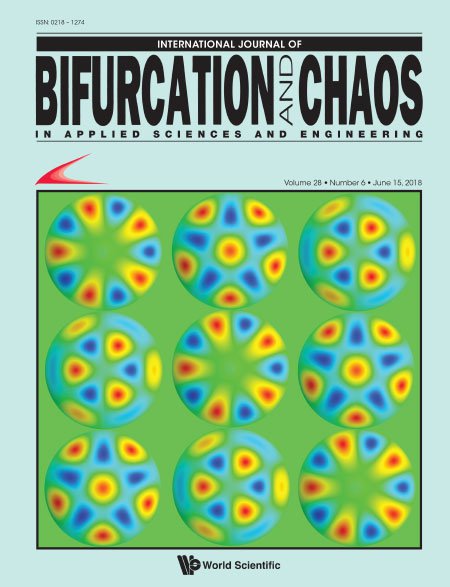A Practice-Oriented Bifurcation Analysis for Pulse Energy Converters. Part 3: Transients
Abstract
The paper continues the discussion on the bifurcation analysis conceptions for applications in practice-oriented solutions for pulse energy conversion systems (PEC-systems). This viewpoint means an attempt to resolve so-called conflict-of-units between the notions used to describe natural evolution (i.e. evolution of the operating process towards nonoperating processes and vice versa) and the notions used to describe a desirable artificial regime (i.e. the operating regime). In this connection, the correspondence between causes (degradation of the operating process stability) and effects (changes of the operating characteristics) is established in the following sequence: nonlinear dynamics output signal operating characteristics, where these characteristics include stability and performance. Two starting points follow from the previous parts. First, there are distinguishable thresholds of evolutional degradation, between which the operating process loses stability in a particular manner; and these particularities can be systematized by means of so-called uncertainty zones. Second, multi-D integrating translations of phase images with regular parametrical variation are combined with the corresponding boundaries of the operating stability and performance by means of the modified bifurcation diagrams. Then we focus on the basic characteristics of transients and first demonstrate and discuss some unified form of the modified bifurcation diagrams, to which a solution on the operating performance can be reduced. Namely, we show such solutions for an overshoot and a settling time in comparison with a control error. We believe that the practice-oriented bifurcation analysis could be interesting to pioneer research intended for the design of promising systems of pulse energy conversion.



